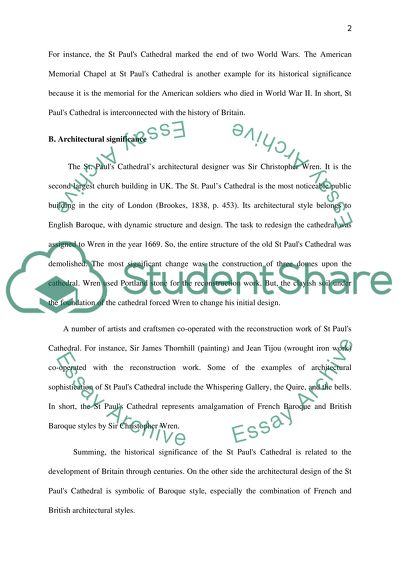Cite this document
(“St. Pauls Cathedral, Spencers House, Foundling Museum/Royal Academy Essay”, n.d.)
Retrieved from https://studentshare.org/english/1424792-st-pauls-cathedral-spencers-house-foundling-museumroyal-academy
Retrieved from https://studentshare.org/english/1424792-st-pauls-cathedral-spencers-house-foundling-museumroyal-academy
(St. Pauls Cathedral, Spencers House, Foundling Museum/Royal Academy Essay)
https://studentshare.org/english/1424792-st-pauls-cathedral-spencers-house-foundling-museumroyal-academy.
https://studentshare.org/english/1424792-st-pauls-cathedral-spencers-house-foundling-museumroyal-academy.
“St. Pauls Cathedral, Spencers House, Foundling Museum/Royal Academy Essay”, n.d. https://studentshare.org/english/1424792-st-pauls-cathedral-spencers-house-foundling-museumroyal-academy.


